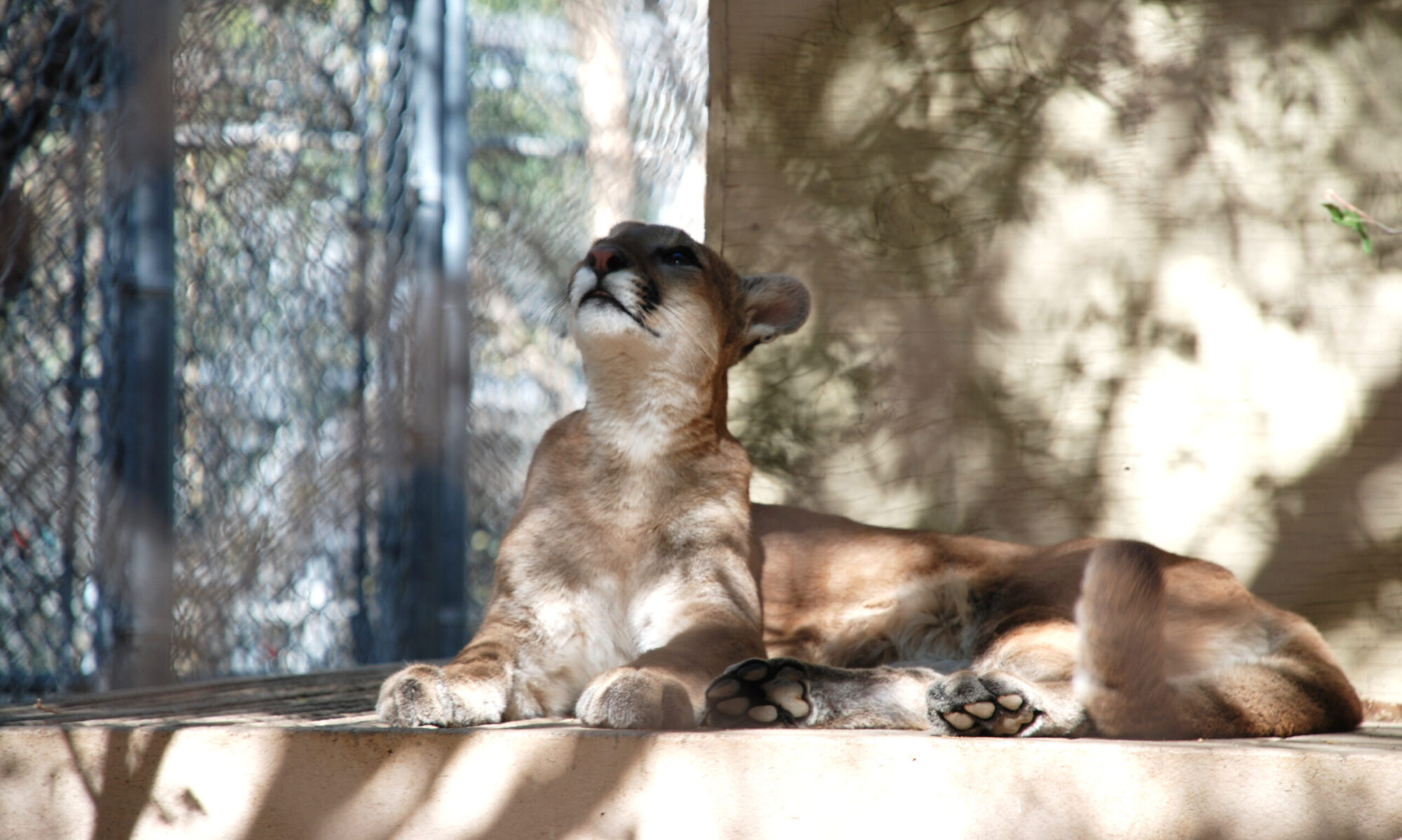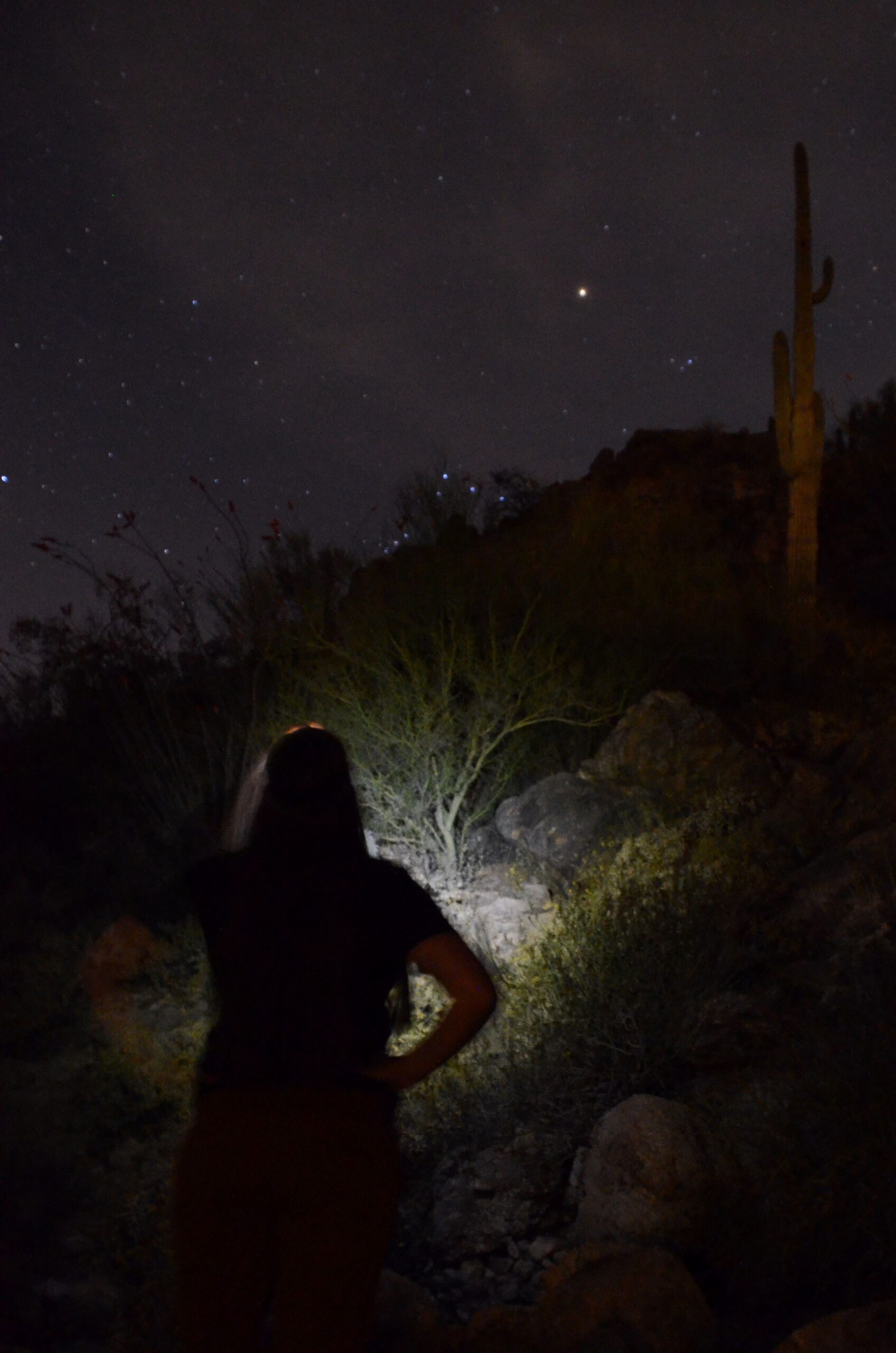
Vision: A world where carnivores can peacefully coexist alongside humans.
Mission: To promote compassionate conservation and recognise individual animals for their intrinsic value.
PhD Research:
Multispecies entanglements, from conflict to coexistence: How remote cameras can shape public perception of Carnivora in urban areas. Multispecies entanglements explores human-animal relations, and with the growing popularity of remote cameras and security cameras an increasing number of urban carnivore images are being shared online. How can these images shape public perceptions of Carnivora in urban areas, and can this form of wildlife viewing foster peaceful coexistence between humans and wildlife?
Visit my PhD research website here
Support my PhD research:
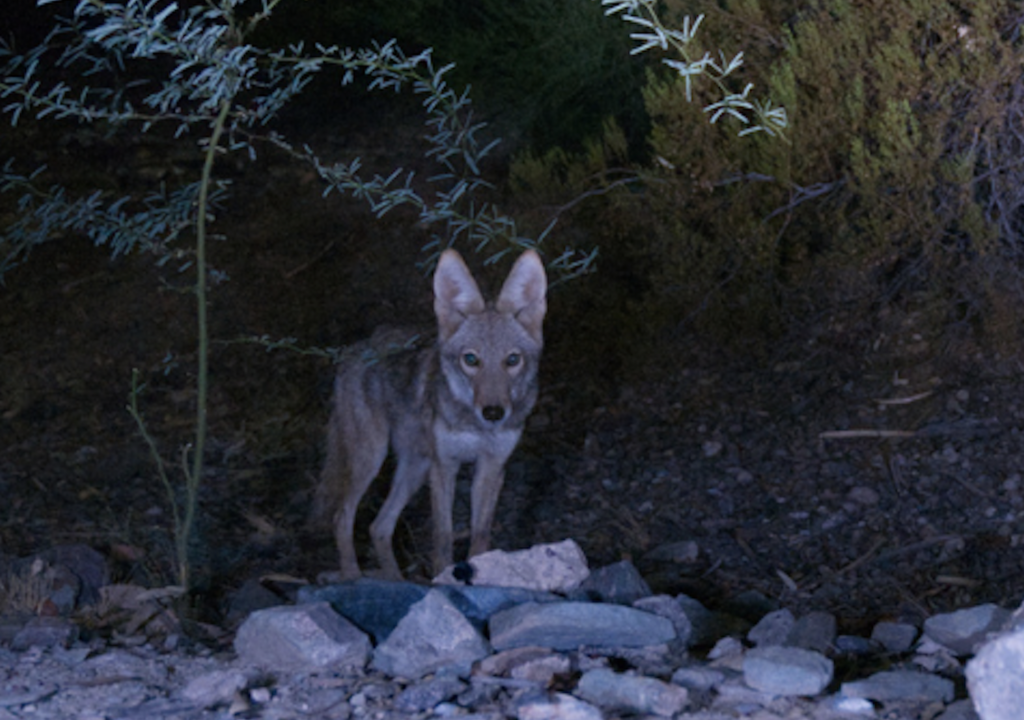
MA Research:
Living on the brink of extinction: What is the effect of Mexican gray wolf recovery on the individual Mexican gray wolves? This dissertation project is about the individual Mexican gray wolves (Canis lupus baileyi) in the Mexican gray wolf Species Survival Plan and Mexican Wolf Recovery Plan. This research gives a voice to these individual wolves with the aim of fostering compassion and hope for their recovery these uncertain times.
I continue to advocate for the wolves, and this research has led me to my current position as the Executive Director of the Grand Canyon Wolf Recovery Project. This grassroots organization is dedicated to bringing wolves back to the Grand Canyon region by educating and motivating people to care about wolf recovery and the roles of wolves for a healthy ecosystem.
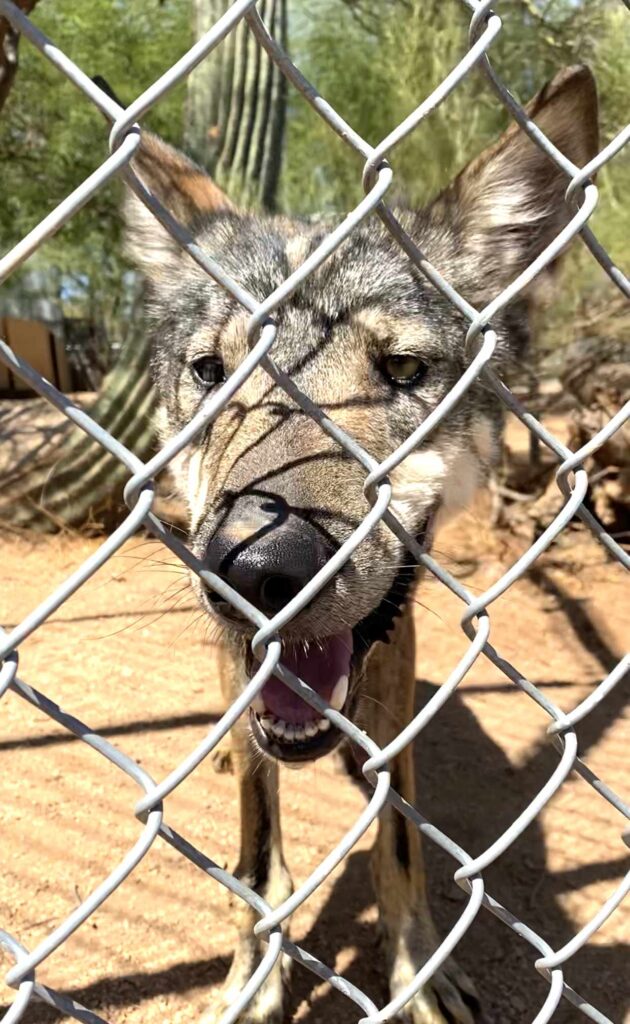
Are golf courses the key to human-coyote coexistence in Maricopa County, Arizona? This research paper explores how golf courses can help normalize the presence of coyotes and provide us with realistic expectations of what is natural in urban desert environments.

Can the use of camera traps and security camera encourage Angelinos to coexist with their urban cougar neighbors? This essay reflects on how camera traps show us that cougars are already part of the L.A urban ecosystem.
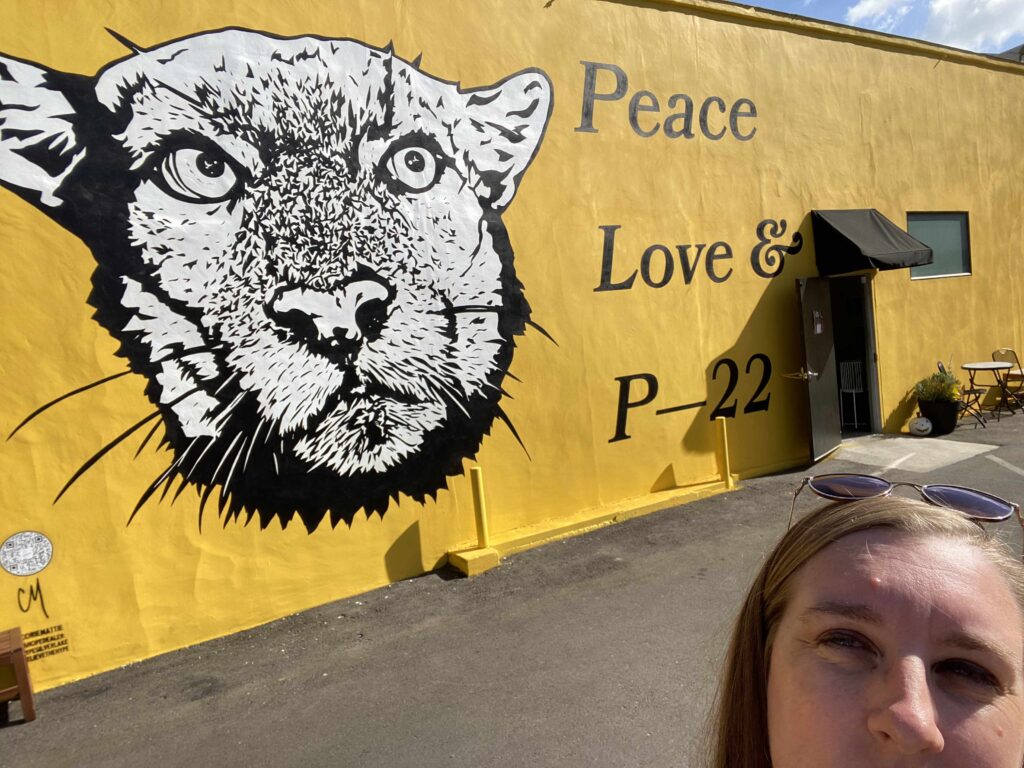
When it’s cruel to be kind: why are bobcats kept as housecats in the U.S? This essay looks at the reasons why people keep bobcats as exotic pets. It explores how different laws and statutes along with a lack of uniform enforcement has led to bobcat pet ownership. I also explore the role wildlife rehabilitators have played in the desire to have a bobcat as a housecat.
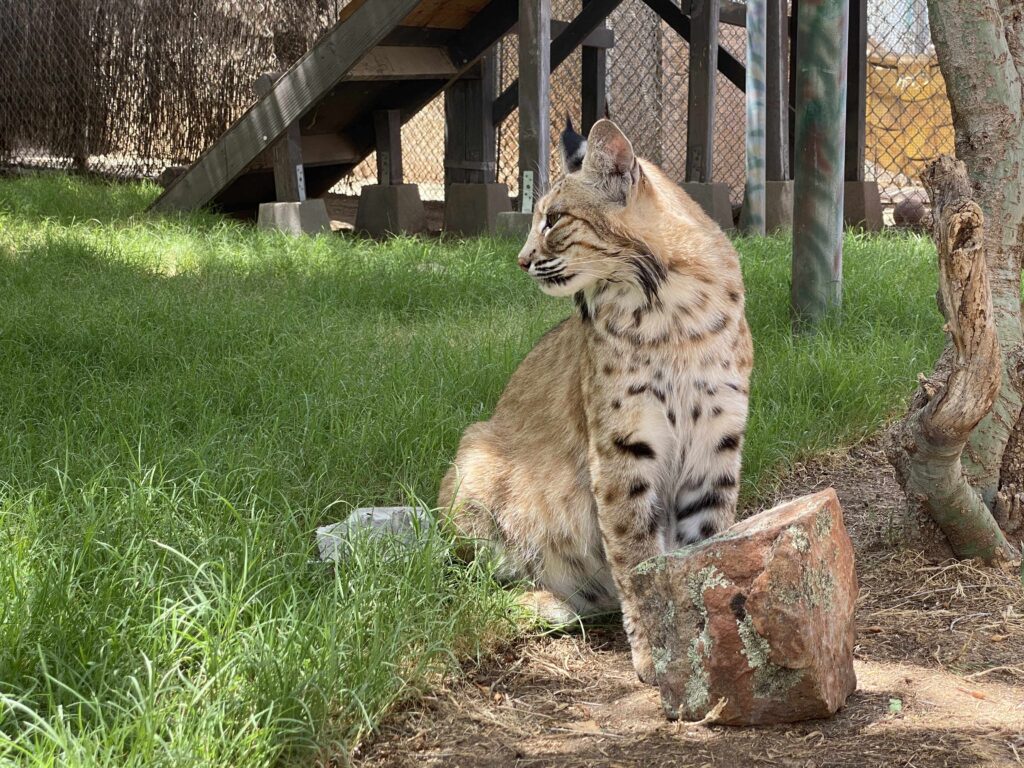
How could the relocation of a local conservation center change the educational experience for both humans and nonhuman animals? This research paper explores the human-animal experience during environmental education tours and programs at different zoos and sanctuaries. This research will focus on those facilities accredited with the Association of Zoos & Aquariums (AZA), Global Federation of Animal Sanctuaries (GFAS) and the local conservation center accredited with the American Sanctuary Association (ASA). This project evaluates educational programs through participant observation and interviews with staff and volunteers and provides recommendations for the future relocation project.
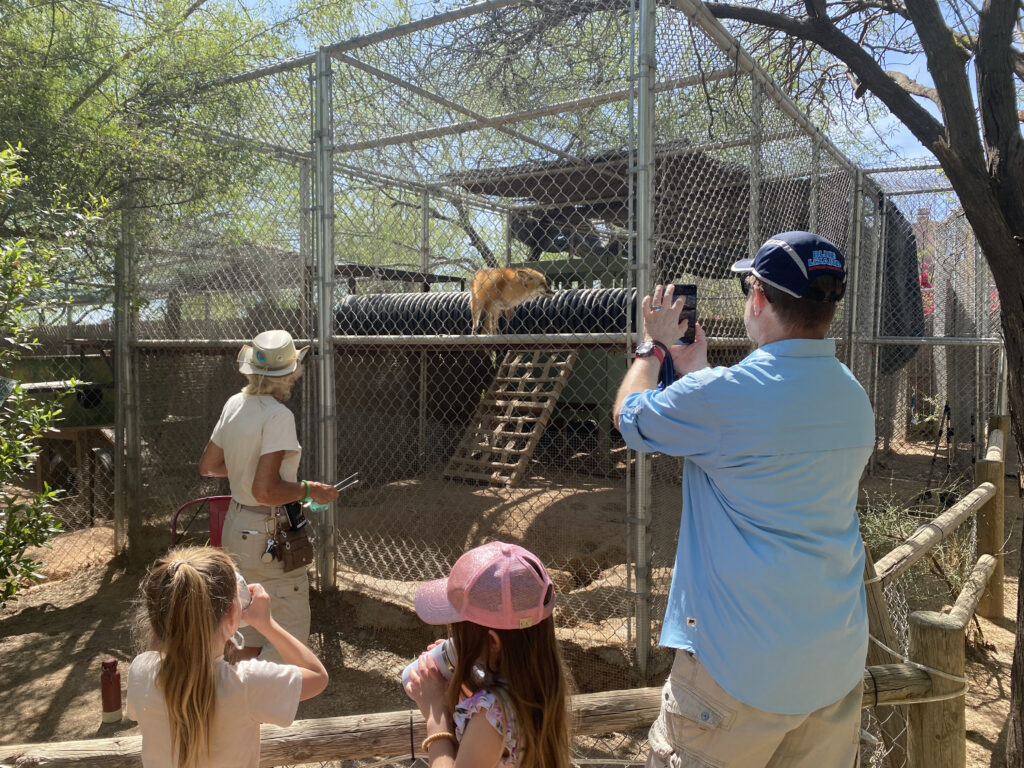
Previous Projects:
My previous research and underwater photography focused on human-shark interactions in the South Pacific. Please visit my shark blog to read more.
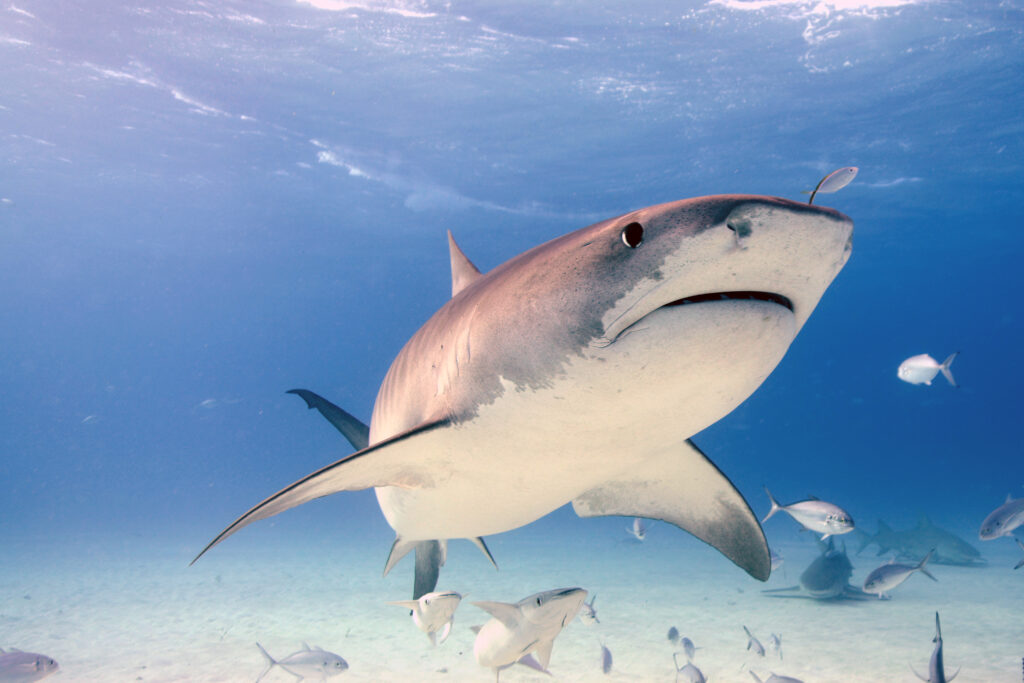
Creative work:
For my creative works please visit cmusser.com.
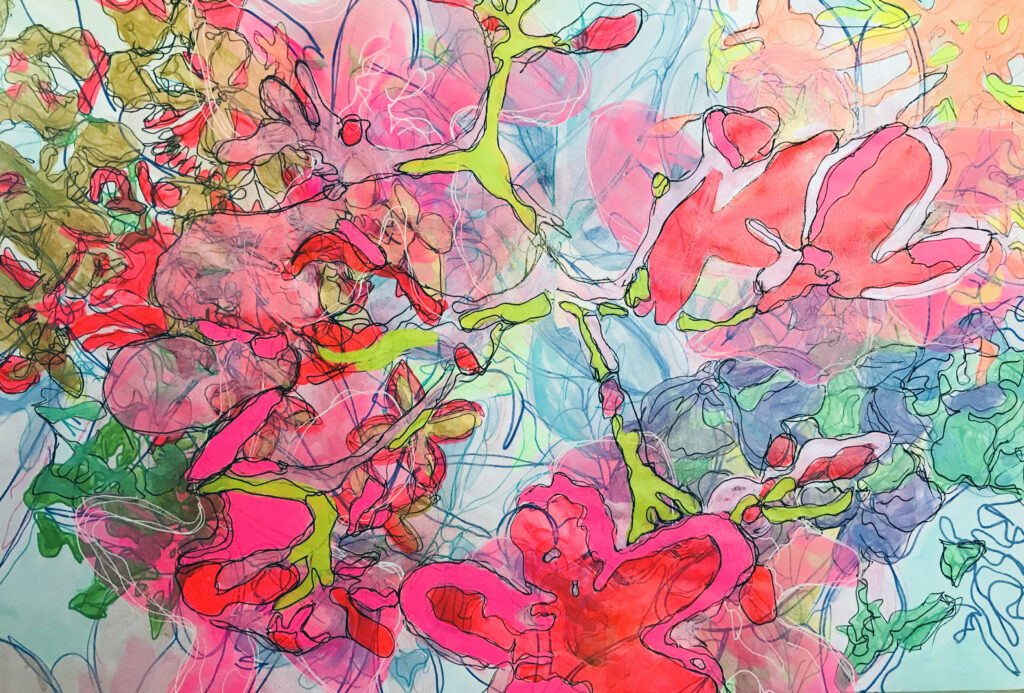
Qualifications:
Post Graduate Researcher | Environmental Photography, Falmouth University
MA Anthrozoology | University of Exeter
Post Graduate Certificate in Education | Art & Design, University of Cambridge (Cantab)
BA (Hons) | Graphic Design, Camberwell College of Arts
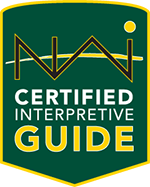

Peer Reviewed Publications
Musser, C. (forthcoming) When Kindness Turns Cruel: Keeping Bobcats as House Cats in the United States, Anthrozoology as Symbiotic Ethics (EASE) Working Paper Series: Criminology, University of Exeter
Selected Publications
Musser, C. (2023) Adding the A into STEM Education. Mountain Lines, McDowell Sonoran Conservancy
Musser C. (2022) The New Bajada Explorers Program. Mountain Lines, McDowell Sonoran Conservancy
Cox, C. (2003) Shark Calling in the Solomon Islands, Shark Focus Magazine, The Shark Trust
Cox, C. (2003) Waiter, Waiter There’s a Shark in my Soup, Shark Diver Magazine, Shark Diver
Cox, C. (2001) Split Level Underwater Photography, Underwater Photography Magazine
Selected Group Art Exhibitions
Re-imagining Conservation: From Many Viewpoints (2023) National Museum of Wildlife Art, WI, USA (curated by Creature Conserve)
Cayman Islands Biennial (2019), National Galley of the Cayman Islands
Traces: Reactivating the Curriculum (2018), National Gallery of the Cayman Islands
Selected Conference Presentations
Musser, C. (2023) Inspiring Future Generations Through STEAM, Growing Forward, Arizona Association of Environmental Education, AZ, USA
Musser, C. (2023) How We Talk About Animals, Growing Forward, Arizona Association of Environmental Education, AZ, USA
Musser, C. (2023) Empowering Students Through STEAM, Educate to Innovate, Arizona Science Center, AZ, USA
Musser, C. (2022) What is STEAM Education, ROCKETS, Arizona Science Center, AZ, USA
Cox, C. (2001) Ethical Underwater Photography, Visions Underwater Photography, London, UK
Cover Image: Poppy the mountain lion. Photo by Claire Musser, 2022.
Poppy the mountain lion (Puma concolor) was born in 2020. Poppy came from the Roosevelt Lake area where she was found to be killing chickens at a wilderness survival camp. She was caught and taken to Southwest Wildlife Conservation Centre where she lives with three other mountain lions, Felix, Zia and Zuma.
